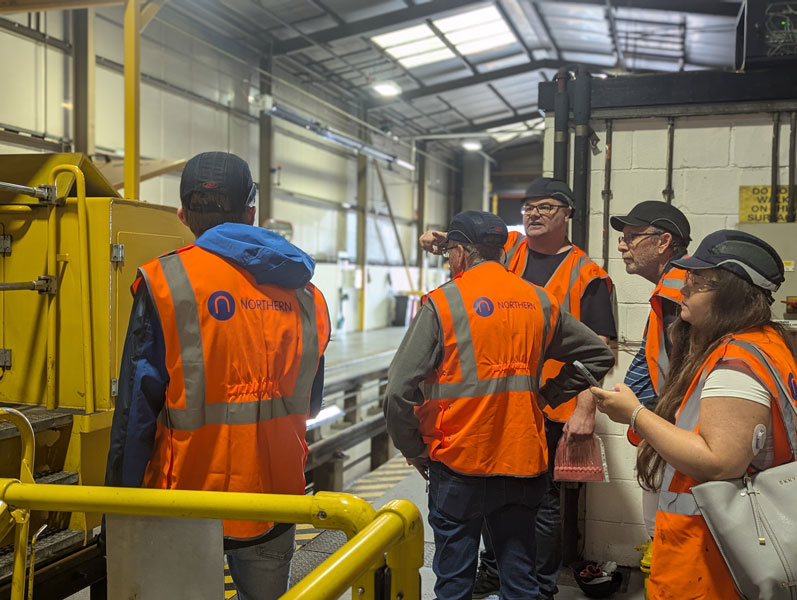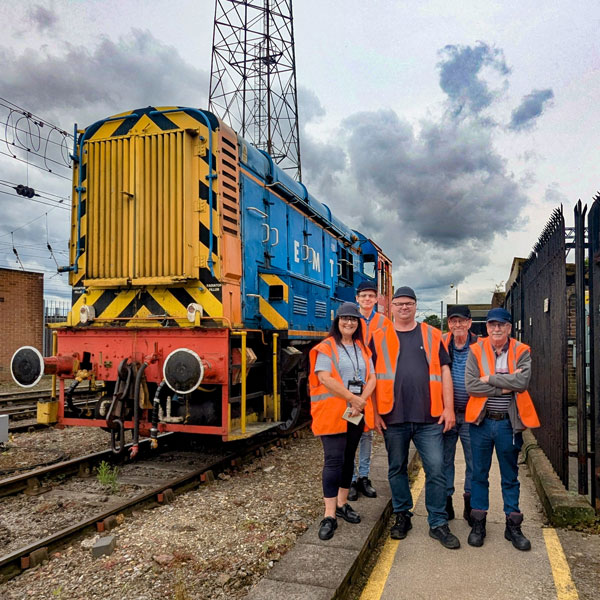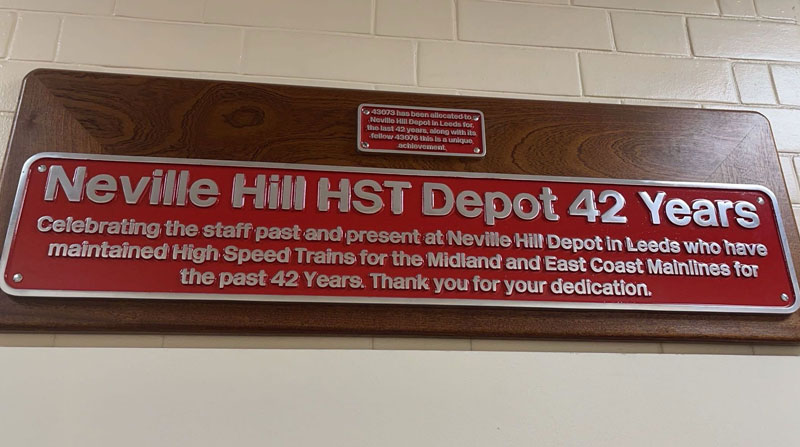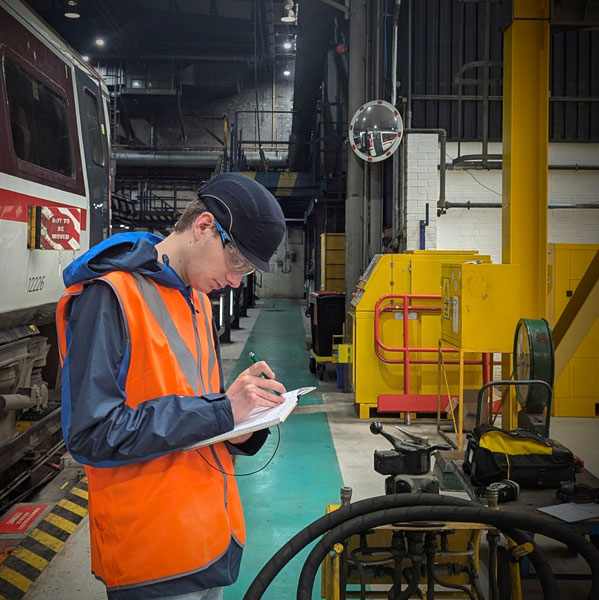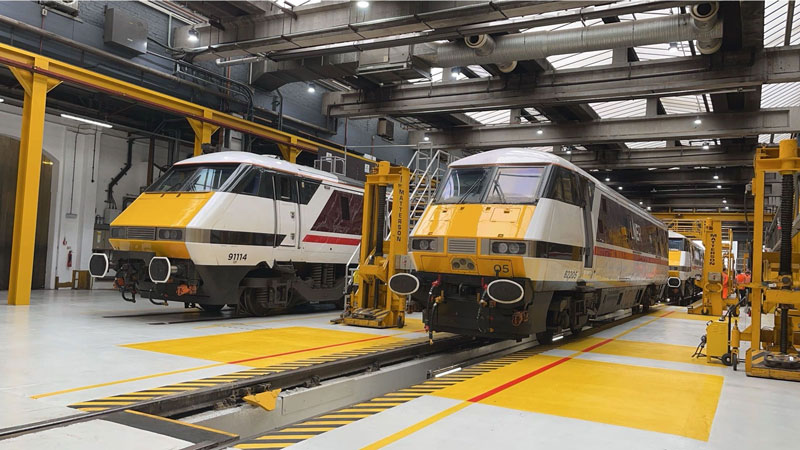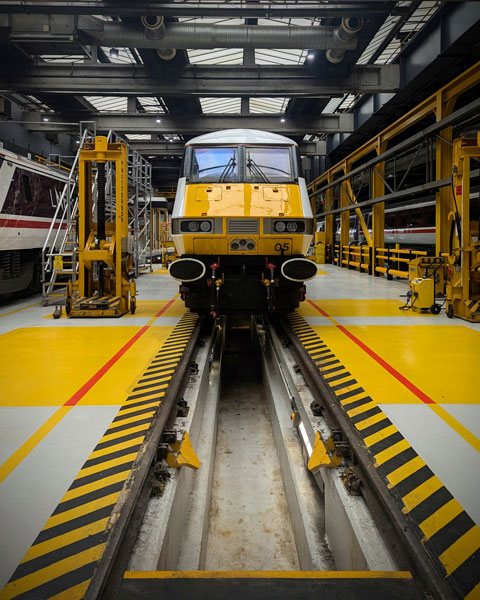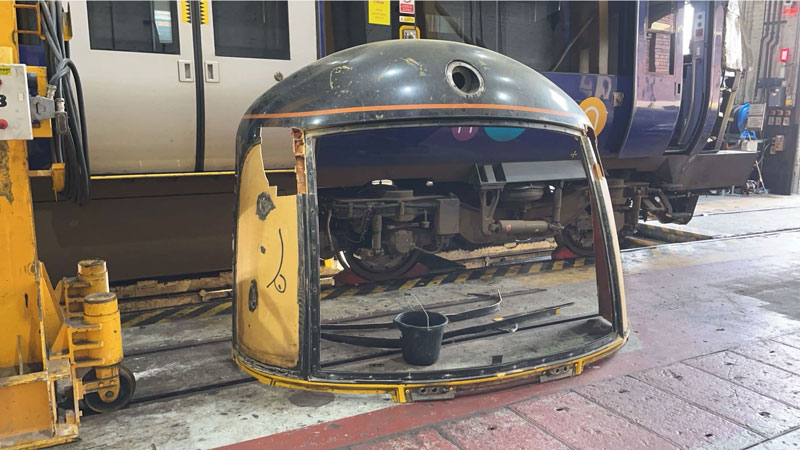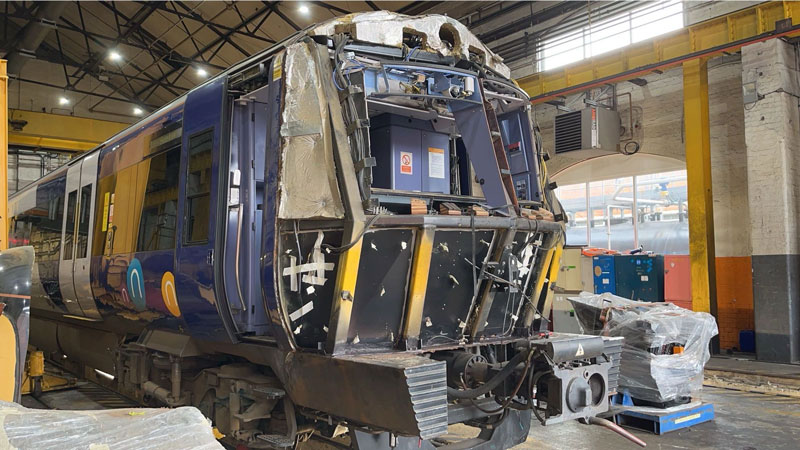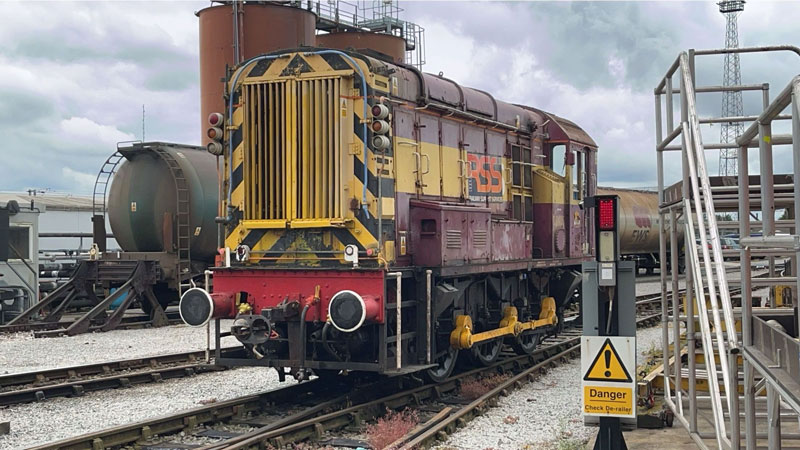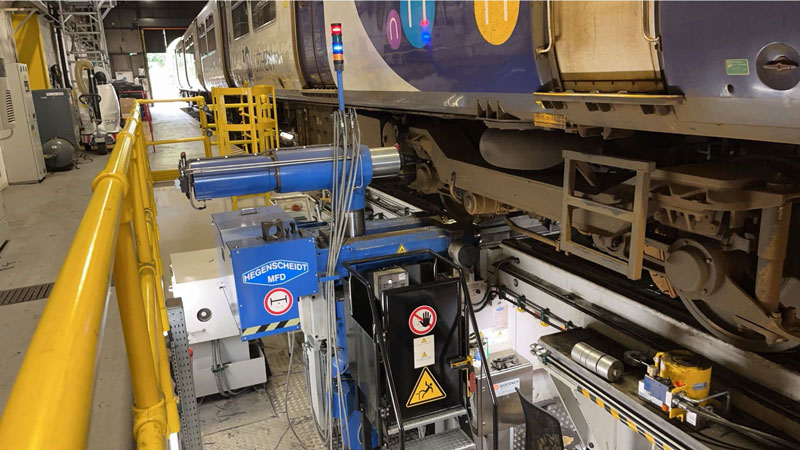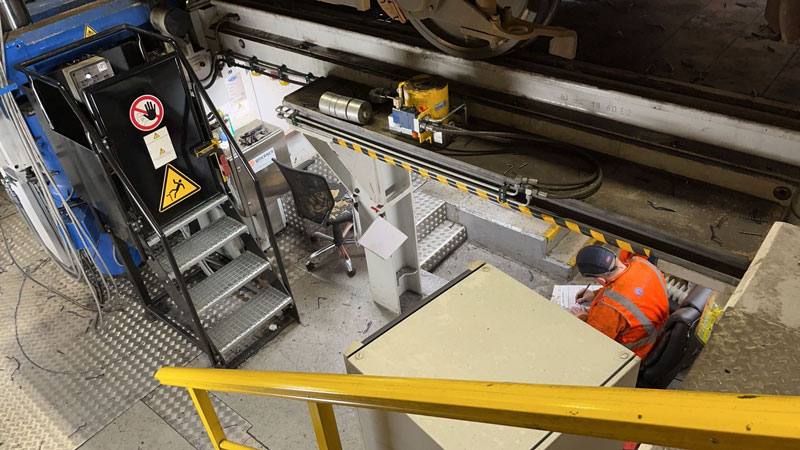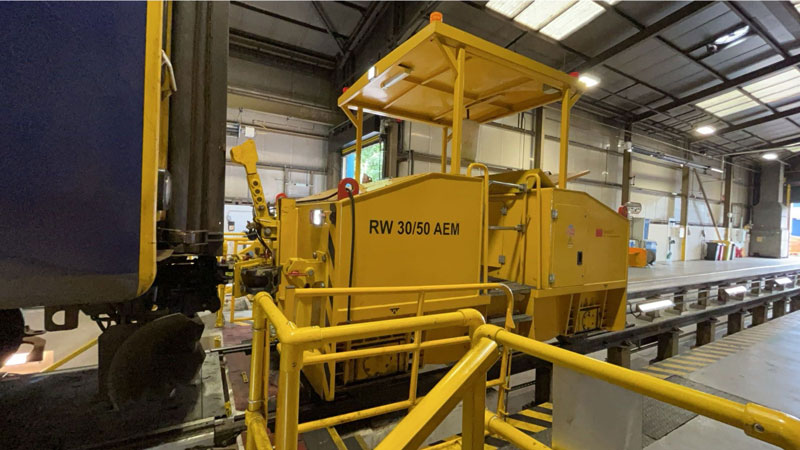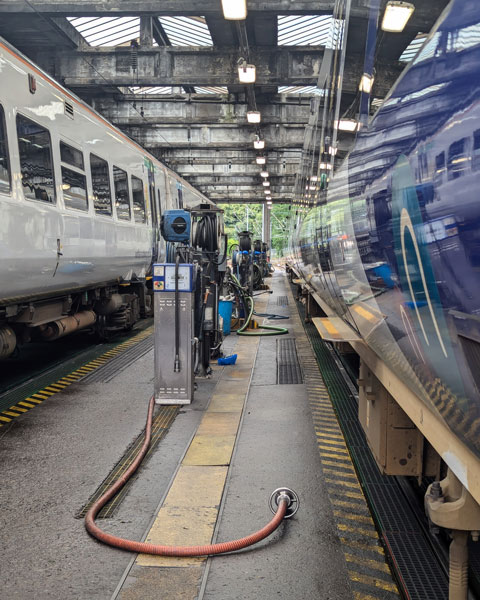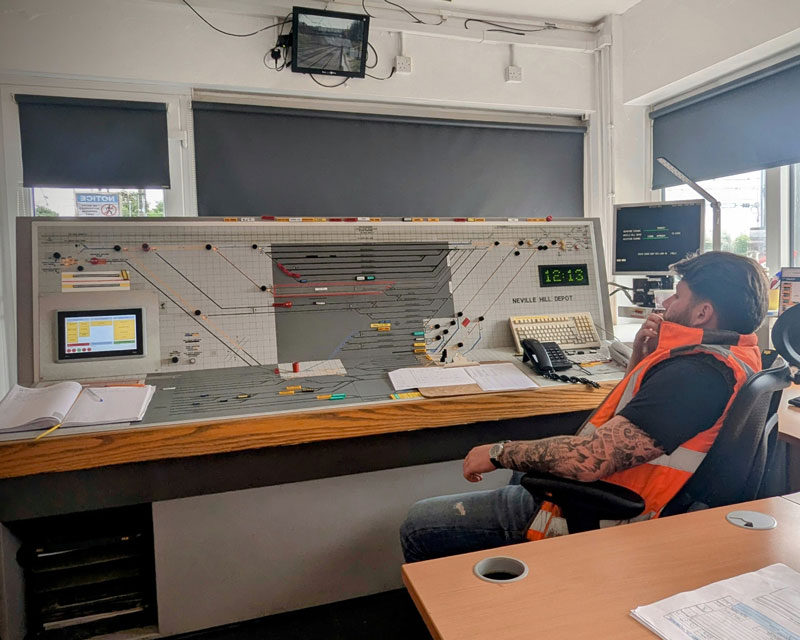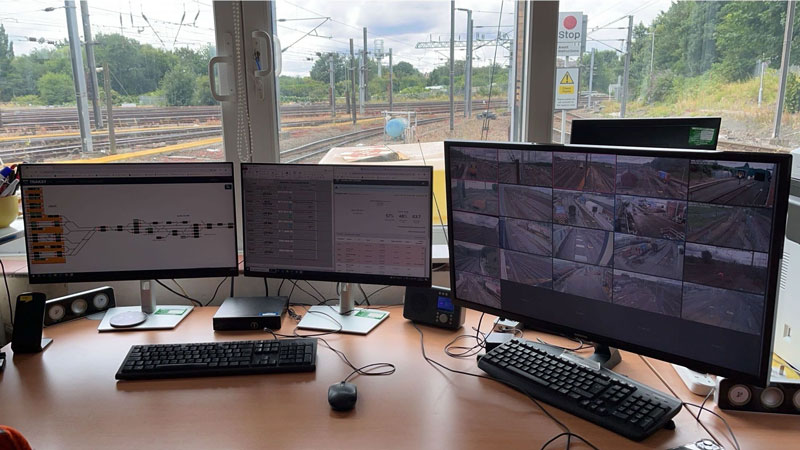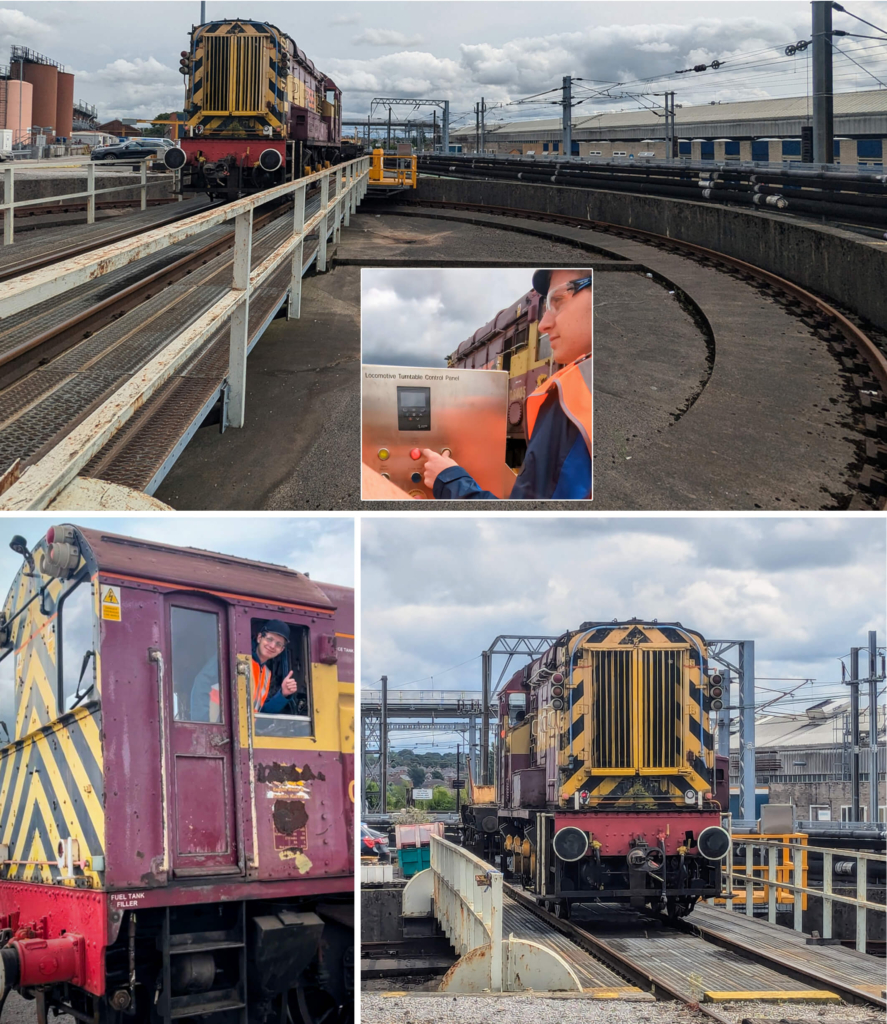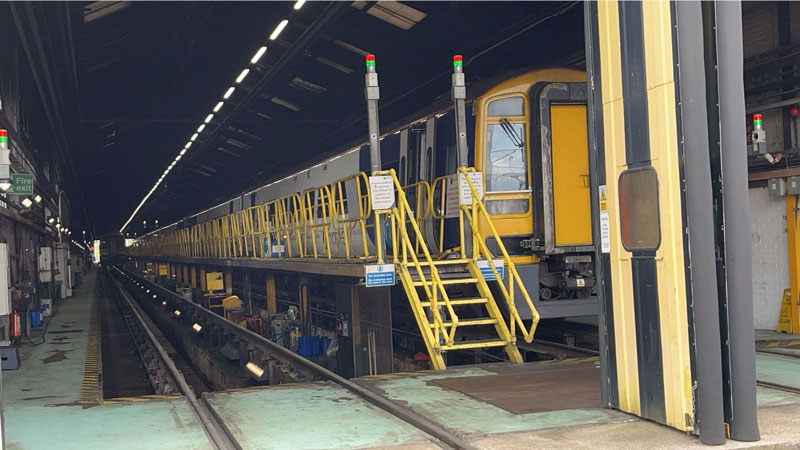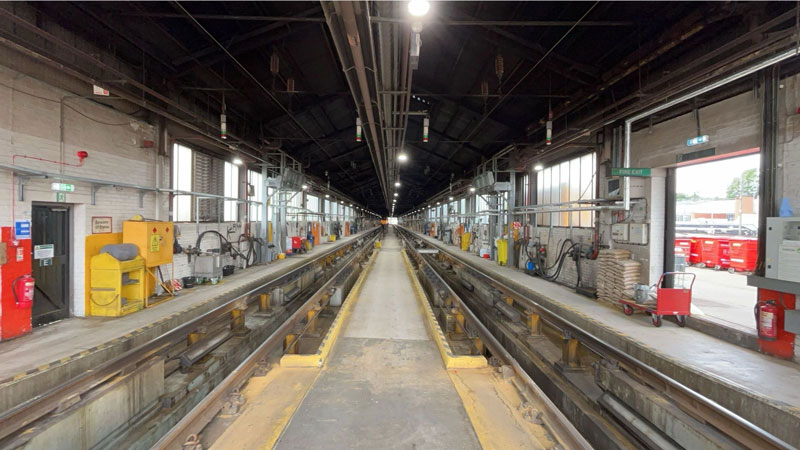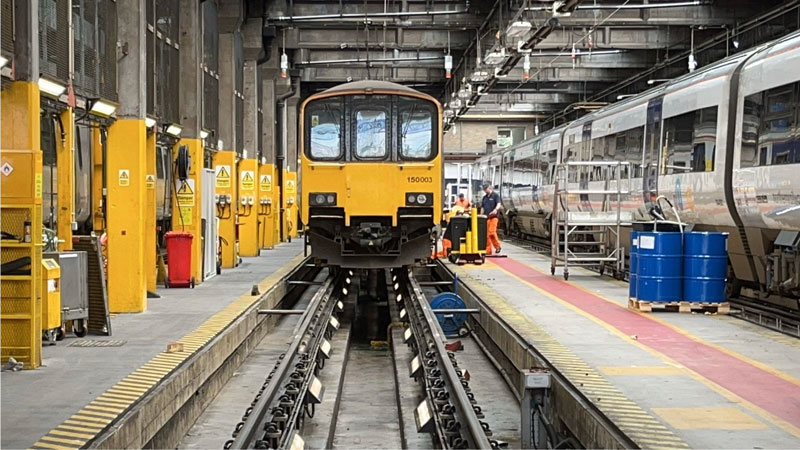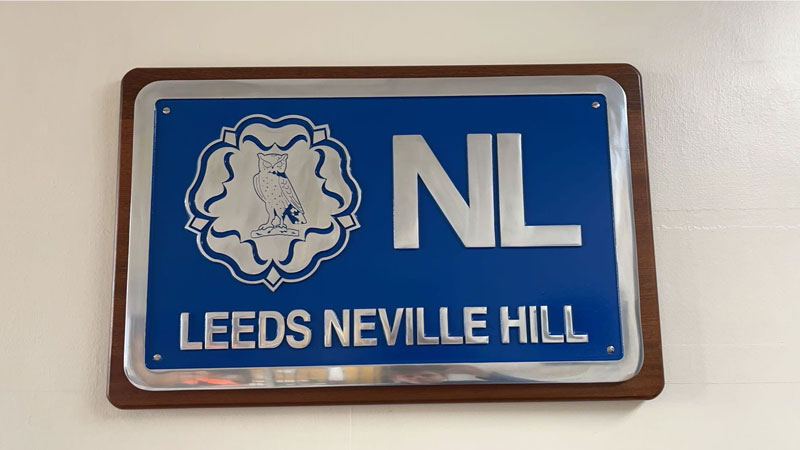Hello Readers,
This month, instead of discussing railway stations, I’m writing about a railway depot. I, along with Penistone Line Partnership volunteers and Community Rail Officer, had the chance to tour Neville Hill Train Care Centre in Leeds. The depot isn’t open to the public, so we got a unique look at how the staff operate and maintain locomotives and rolling stock.
A special thanks to Chris Avis (Northern Depot Driver Manager) for showing us around and Danielle Clarkson (Regional Community & Sustainability Manager) who also came along and organised the trip.
About Neville Hill Depot:
- Location: Osmondthorpe, east of Leeds
- Leased By: Northern, from Network Rail
- Maintenance: Locomotives and rolling stock from LNER and Northern
- Allocations:
- Northern: Class 150, 155, 158, 170, 331 & 333 units
- LNER: Class 91s (Azuma locomotives visit but aren’t specifically allocated)
- Formerly maintained Class 43 HST sets for LNER & East Midlands Railway (withdrawn in May 2021)
Our Tour Highlights:
- Safety First: We completed an online safety briefing and wore Hi-Viz vests, a hard cap, goggles, and steel toe-cap shoes.
- Contracted Workshop: Home to LNER’s Class 91s needing maintenance, with metal gantries providing power for servicing.
- Old Back Fitting Shop/Paint Shop: Now used for storage and repairs. We saw a Northern Class 333 awaiting cab reconstruction after an accident.
- Depot Yard: The largest area, featuring a railway network and Class 08 Shunters to move locomotives and fuel tankers. One shunter (08908) has been decommissioned.
- GWL Workshop: Refines worn-out wheels using a lathe to spin them without moving the locomotive. A remote-control vehicle moves the locomotive if needed.
- Fuel Shed and CET Shed: Locomotives refuel every 400 miles, and the Controlled Emissions Toilet shed cleans the onboard toilet tanks.
- West End Console: Controls all depot movements. The console is operated 24/7, and busy times are 4:30 am – 7:00 am, with the quietest time around 10 am.
- Turntable Experience: I got to operate the turntable and ride in the cab of an 08 locomotive (08403).
- Fuel Delivery: We were lucky enough to witness a fuel delivery, where a Class 56 brought a full fuel tanker for the depot, and collected the two empty tankers shown earlier. The 08 Shunter moves the full tanker across the depot.
- Service Shed: Handles oil and filter changes for up to 16 locomotives per night. It also has Stabling Roads where the rest of the train sits.
- Repair Shed: Features a drop table for exams and component changes, which can take 1–3 days. A and B exams occur after 7,500 and 21,000 miles, respectively.
Overall, our visit to Neville Hill was fascinating. We learned a lot about the depot’s behind-the-scenes operations and the effort required to maintain the locomotives. I especially enjoyed operating the turntable and riding in the Class 08 Shunter.
The visit will help PLP to develop early careers in rail resources and deliver education workshops with young people.
Thanks to our community rail officer, Sarah, for taking notes, as writing for long periods is a challenge. I hope you enjoyed this month’s Traction blog. I worked hard to put this together quickly by the month end.
See you all in August!
Matthew 😊
Photo Credit: Matthew Walters & Sarah Wells

